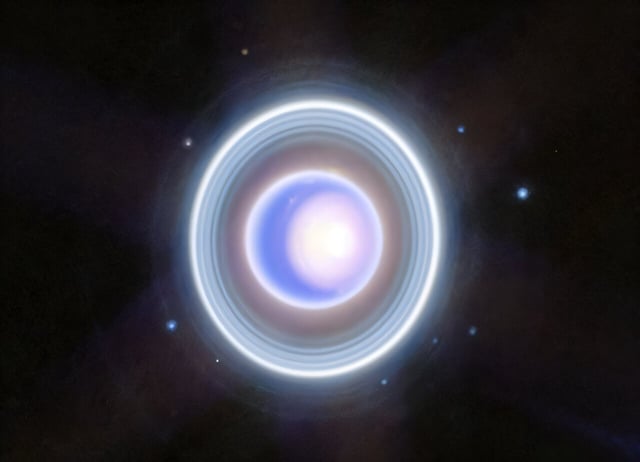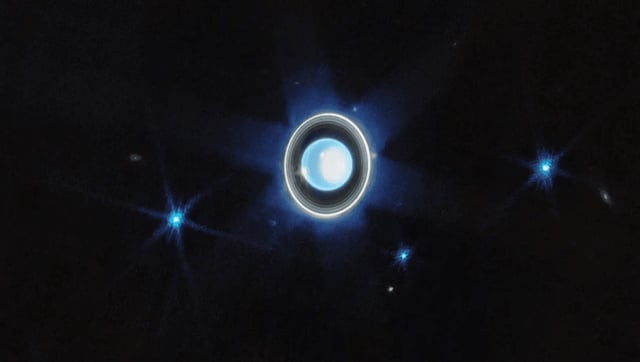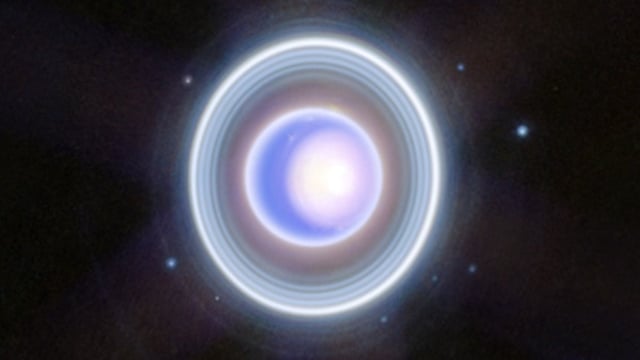Overview
- NASA-led international collaboration observed Uranus passing in front of a distant star, generating detailed light curve data.
- The occultation revealed multi-layered atmospheric properties, including temperature, pressure, and turbulence in Uranus' stratosphere.
- The campaign involved over 30 astronomers and 18 observatories, with precise timing enabled by a November 2024 test observation.
- Findings will refine Uranus' orbital parameters and inform future exploration, including a brighter-star occultation planned for 2031.
- This study fills gaps left since Voyager 2's 1986 flyby, offering new insights into Uranus' atmospheric dynamics and ring structures.


